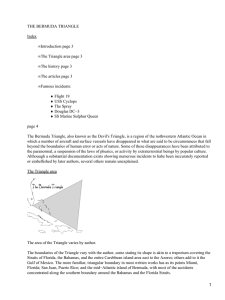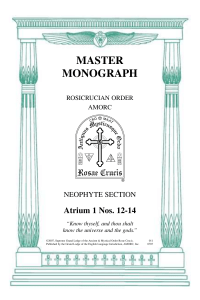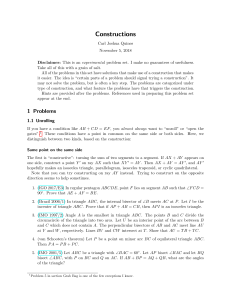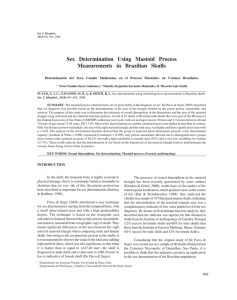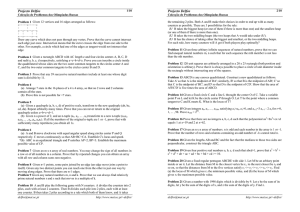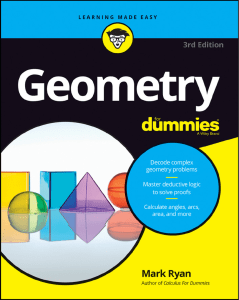Bézier Parabolas and Medians of a Triangle
Anuncio
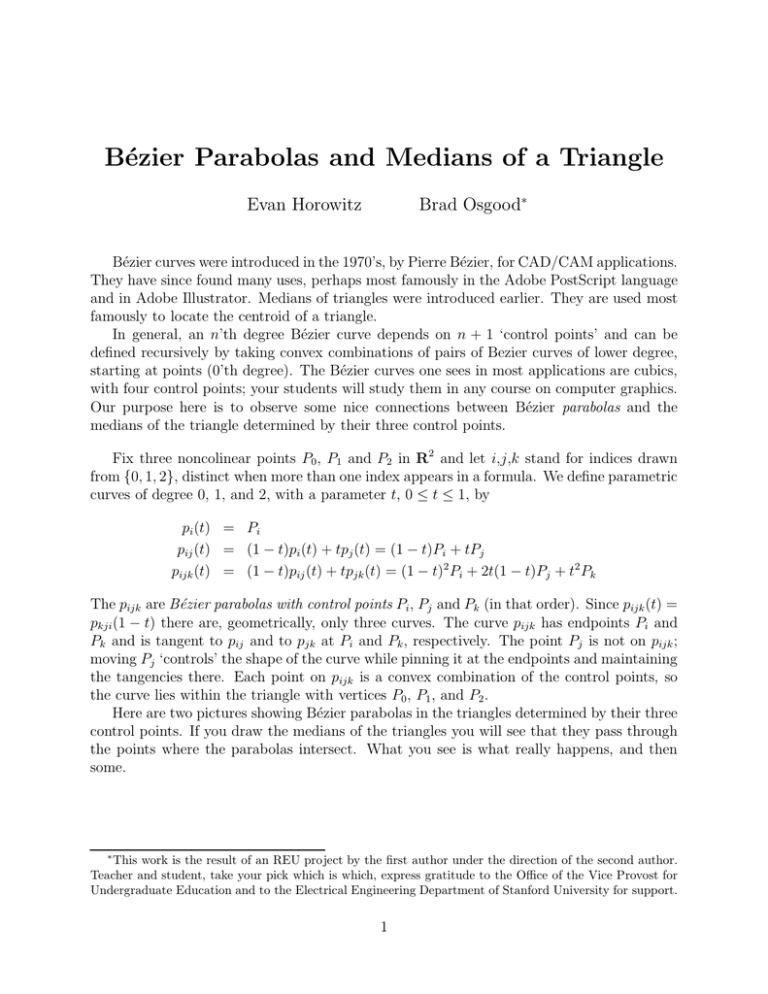
Bézier Parabolas and Medians of a Triangle
Brad Osgood∗
Evan Horowitz
Bézier curves were introduced in the 1970’s, by Pierre Bézier, for CAD/CAM applications.
They have since found many uses, perhaps most famously in the Adobe PostScript language
and in Adobe Illustrator. Medians of triangles were introduced earlier. They are used most
famously to locate the centroid of a triangle.
In general, an n’th degree Bézier curve depends on n + 1 ‘control points’ and can be
defined recursively by taking convex combinations of pairs of Bezier curves of lower degree,
starting at points (0’th degree). The Bézier curves one sees in most applications are cubics,
with four control points; your students will study them in any course on computer graphics.
Our purpose here is to observe some nice connections between Bézier parabolas and the
medians of the triangle determined by their three control points.
Fix three noncolinear points P0 , P1 and P2 in R2 and let i,j,k stand for indices drawn
from {0, 1, 2}, distinct when more than one index appears in a formula. We define parametric
curves of degree 0, 1, and 2, with a parameter t, 0 ≤ t ≤ 1, by
pi (t) = Pi
pij (t) = (1 − t)pi (t) + tpj (t) = (1 − t)Pi + tPj
pijk (t) = (1 − t)pij (t) + tpjk (t) = (1 − t)2 Pi + 2t(1 − t)Pj + t2 Pk
The pijk are Bézier parabolas with control points Pi , Pj and Pk (in that order). Since pijk (t) =
pkji (1 − t) there are, geometrically, only three curves. The curve pijk has endpoints Pi and
Pk and is tangent to pij and to pjk at Pi and Pk , respectively. The point Pj is not on pijk ;
moving Pj ‘controls’ the shape of the curve while pinning it at the endpoints and maintaining
the tangencies there. Each point on pijk is a convex combination of the control points, so
the curve lies within the triangle with vertices P0 , P1 , and P2 .
Here are two pictures showing Bézier parabolas in the triangles determined by their three
control points. If you draw the medians of the triangles you will see that they pass through
the points where the parabolas intersect. What you see is what really happens, and then
some.
∗
This work is the result of an REU project by the first author under the direction of the second author.
Teacher and student, take your pick which is which, express gratitude to the Office of the Vice Provost for
Undergraduate Education and to the Electrical Engineering Department of Stanford University for support.
1
Solving the equations simultaneously to find the intersection points P01 , P11 and P21 of
the Bézier parabolas is not recommended. (The superscript 1 is meant to suggest ‘first
generation’. There will be later generations.) Instead we find simply, and remarkably, that
the points are parametrically 1/3 and 2/3 along the way:
1
p120 (1/3) = p012 (2/3) = P0 +
9
4
p201 (1/3) = p120 (2/3) = P0 +
9
4
p012 (1/3) = p201 (2/3) = P0 +
9
4
P1 +
9
1
P1 +
9
4
P1 +
9
4
P2 ;
9
4
P2 ;
9
1
P2 ;
9
this is P01 .
this is P11 .
this is P21 .
Now take, for example, the median from P0 , which is given by the vector (1/2)(P1 + P2 ) − P0 .
The vector from P0 to P01 is
4
4
8
8 1
1
1
P1 + P1 − P0 ,
P0 − P0 = P1 + P2 − P0 =
9
9
9
9 2
2
so not only is P01 along the median from P0 , it’s exactly 8/9 of the way along. Similar results
hold for the other medians and the points of intersection of the other Bézier parabolas.
Being a mere 1/9 away from the actual midpoints of the sides of the triangle, one might
be tempted to refer to the intersections of the Bézier parabolas as pseudo-midpoints of the
triangle. Here’s another reason for the name. If we look at the vector from P01 , to P11 , for
example again, we find
4
1
4
4
4
1
1
1
1
P0 + P1 + P2 −
P0 + P1 + P2 = (P0 − P1 ),
P1 − P0 =
9
9
9
9
9
9
3
and again analogous results hold for the other points. Thus, briefly: The segment joining
two pseudo-midpoints of a triangle is parallel to the third side and 1/3 as long. Moreover,
the triangle with vertices at the pseudo-midpoints is similar to the original triangle, with
lengths scaled by 1/3. Compare these with Euclid’s theorems on the segments joining the
actual midpoints and the triangle so formed.
2
What else about the new littler triangle made from the pseudo-midpoints? Its centroid
is
1
4
4
1
4
4
1
1
4
4
1 1
1
1
P + P1 + P2 =
P0 + P1 + P2 +
P0 + P1 + P2 +
P0 + P1 + P2
3 0
3
9
9
9
9
9
9
9
9
9
1
(P0 + P1 + P2 ) ,
=
3
the same as the centroid of the original triangle (which in turn is also the centroid of the
triangle made from the actual midpoints). Because of this, if we use P01 , P11 and P21 as control
points for new Bézier parabolas then their intersections, P02 , P12 , P22 , lie on the medians of the
original triangle. And so on. Here is a picture showing a few generations of Bézier parabolas
and their intersections.
3
